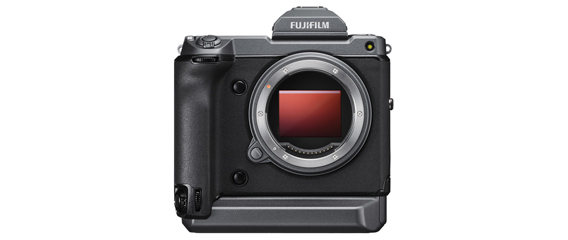FUJIFILM Delivers 100MP Imaging with GFX 100 Medium-Format Camera
 Fujifilm has just officially announced its next medium format camera, the GFX 100. The latest GFX, the new model joins the GFX 50S and GFX 50R, released in 2016 and 2018, respectively. The GFX 100 introduces some major leaps over the prior models, including a much higher resolution, in-body image stabilization, and much faster performance. It will be available starting on June 27th for $9,999.95.
Fujifilm has just officially announced its next medium format camera, the GFX 100. The latest GFX, the new model joins the GFX 50S and GFX 50R, released in 2016 and 2018, respectively. The GFX 100 introduces some major leaps over the prior models, including a much higher resolution, in-body image stabilization, and much faster performance. It will be available starting on June 27th for $9,999.95.
Unlike Fujifilm’s prior medium format bodies, the GFX 100 features a full-size design, meaning it has an integrated vertical grip and a much larger stance than the typical mirrorless camera. It’s much closer in size to Canon’s EOS-1D X than even Fujifilm’s own GFX 50R. Inside that hulking, three-pound frame is a new, 102-megapixel sensor and that five-axis in-body image stabilization system, which Fujifilm claims provides up to 5.5 stops of shake correction.
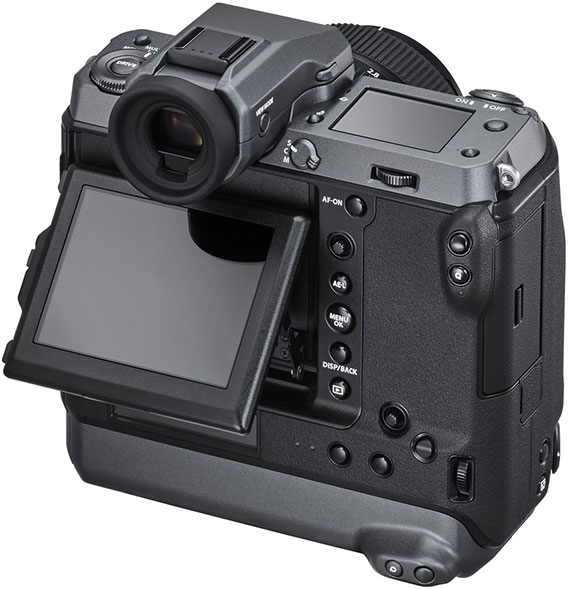
In addition, the GFX 100 is the first medium format camera with phase detection autofocus, greatly improving its autofocus performance over the prior GFX models. Fujifilm claims it provides performance gains of up to 210 percent over the contrast-detect systems in the GFX 50S and 50R. It can track subjects at up to 5 fps in its continuous focus tracking modes and can focus in lighting as low as -2EV. The sensor measures 55mm diagonally and provides about 1.7 times more surface area than a 35mm “full frame” chip.
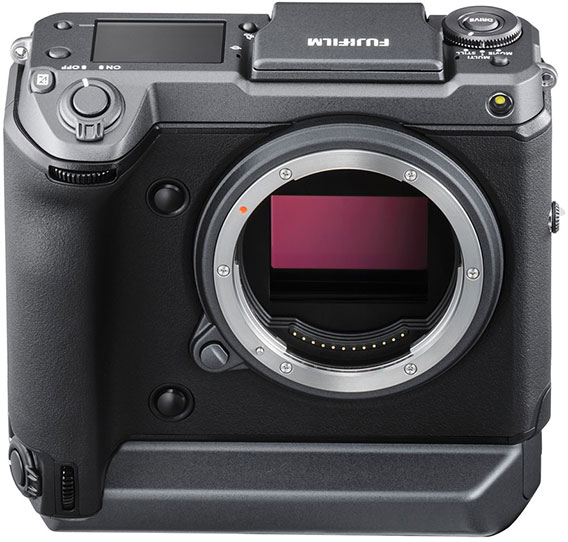
The new 102-megapixel sensor also provides much higher resolution, putting the GFX 100 on par with some of the higher-end medium format systems from Hasselblad and Phase One. It is a backside-illuminated, CMOS chip — similar in construction to the sensor in Fujifilm’s consumer level X-T3 camera — that can output 16-bit images through the company’s X-Processor 4. The new sensor has a base ISO of 100, with a top range of 12,800 before boost.
The GFX 100’s video features are also very similar to the X-T3’s: it can shoot 4K footage at up to 30 fps, utilizing the entire width of the sensor. It can output 10-bit 4:2:0 footage to an SD card or 4:2:2 footage to an external recorder over HDMI.
Product Highlights
- 102MP 43.8 x 32.9mm BSI CMOS Sensor
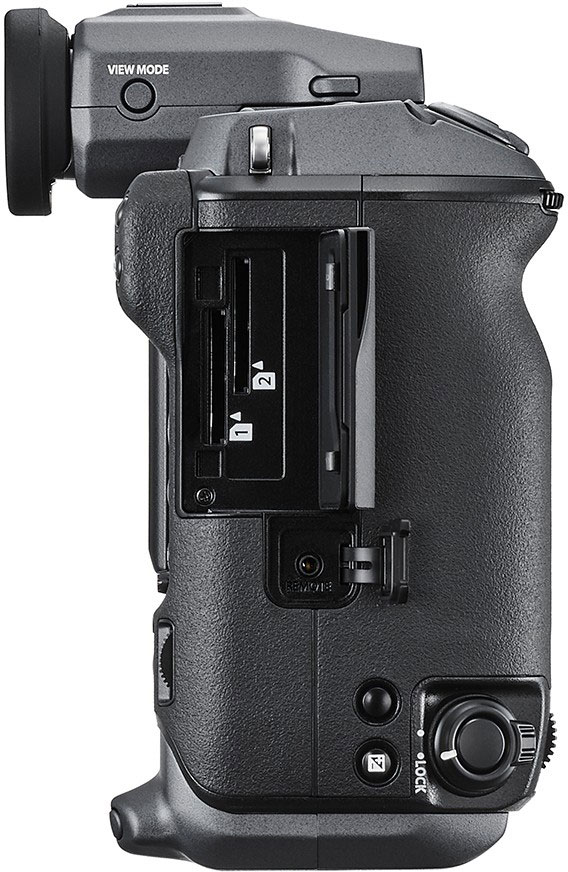
- X Processor 4 Image Processor
- Removable 5.76m-Dot OLED EVF
- 3.2″ 2.36m-Dot Tilting Touchscreen LCD
- DCI 4K30 Video; F-Log Gamma & 10-Bit Out
- 5-Axis Sensor-Shift Image Stabilization
- 2.16m-Point Phase-Detection Autofocus
- ISO 100-12800, Up to 5 fps Shooting
- 16-Bit Raw Output, Multi Aspect Ratios
- Built-In Battery Grip, 2 x SD Card Slots
Other hardware changes include a new 5.76-million dot OLED electronic viewfinder, support for two batteries with up to 800 shots of battery life, a two-way tilting touchscreen, and full weather resistance. Fujifilm redesigned the top plate of the camera to be more flexible for various shooting types, whether that’s video, manual, or automatic shooting. While it has ditched the dedicated ISO and shutter speed dials that have made Fujifilm’s X Series mirrorless cameras so loved by photographers, the new display panel can replicate those dials digitally, enabling similar direct control.
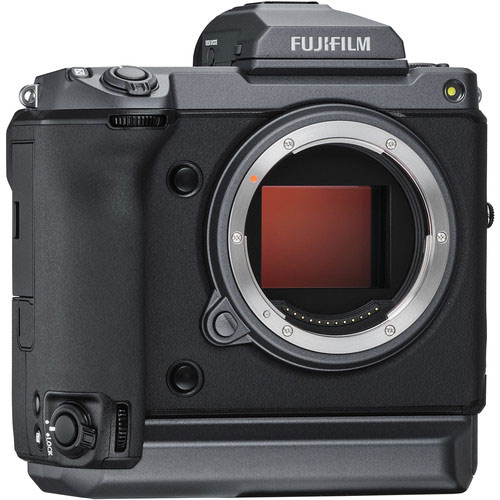
The FUJIFILM GFX 100 is one of the most groundbreaking cameras of the year because it not only substantially increases the resolution of relatively accessible cameras, but it brings class-leading features as well.
[Original post at Verge]
© 2010-2019 Copyright ShootTheCenterfold.com. All rights reserved.





